By Prof. G.L. Shekar
Title: “Shivanigagi Kayutta: Kashi Gyanavapiya Satyada Anavarana”
Author: Vikram Sampath
Translators: Prof. G. L. Shekar and S.S. Narendrakumar
Year: 2024
Pages: 352
Price: Rs. 475
Publisher: Sahitya Prakashana, Hubli
The Kannada version of the recent book of well-known Indian Historian Dr. Vikram Sampath — Waiting for Shiva: Unearthing the Truth of Kashi’s Gyanvapi — was released at Bengaluru recently.
The book titled “Shivanigagi Kayutta: Kashi Gyanavapiya Satyada Anavarana” was released by Ajit Hanummakanavar, Chief of News and Programmes, Suvarna News Channel.
Speaking on the occasion, Dr. Vikram Sampath said that “Kashi is an emotion — it is an ethos that has captivated the Hindu mind for millennia. It has been a yearning of many Hindus to visit Kashi at least once in their lives.”
Kashi and its temples faced so many plunders and attacks; from Aibak in 1194 CE, Raziya Sultana, the Jaunpur’s Sharqui dynasty, to the devastating demolitions by Sikandar Lodi in 1494-96, the sacred city and its holy shrines were left in heaps of ruins and wails of agony. “Yet, every time, the Hindus picked up their pieces and the shrine managed to resurface in close proximity of the original one,” he said.
The wealth of literary, historical and legal proofs, as well as archaeological evidence that emerged with the recent survey conducted by the Archaeological Survey of India (ASI), added further credence to the fact that the entire Kashi Vishwanatha temple belonged to Hindus.
“It is unfortunate that where even asserting our Hinduness is anathema and looked at as a malignant expression of bigotry,” he lamented.
Every other community in India could proudly wear its identity and faith on its sleeve. But for a Hindu to do so was deemed regressive, communal and had pejorative connotations.
When he started writing this book, Dr. Vikram was poured over texts, myths, stories, travelogues, court historian accounts, and the copious amount of legal documents from the nineteenth century till date. There were the fantastic stories encapsulated in Hindu scriptural texts. From a writer’s perspective too, it was a unique challenge for him to string together a semblance of a cogent narrative from across such diverse sources — all separated in time, language, context and content. But bringing these together was quintessential to understand what the contours of the legal case as it stands today was, Dr. Vikram explained during his 90-minute interaction at the jam-packed auditorium.
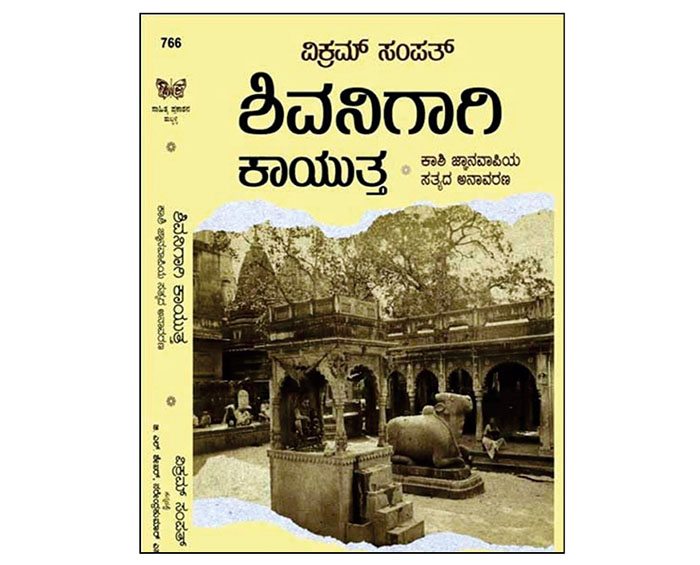
This book illustrates how an overt religious war could not be launched to liberate sacred cities like Kashi, as India had already come under the tight fist of Middle Eastern colonialism with the Arabs and Turks having made fatal incursions. However, a silent crusade was always being on. Barely two decades after Kashi faced a deathly blow of iconoclasm by the marauder Qutubuddin Aibak (1194 CE), a Sena king of Bengal named Vishwarupa, erected a sacrificial post and a victory pillar, right in the middle of the city to almost mark and declare that the temple might have been gone, but the city belonged to its deity Vishweshwara.
From the Hoysala king Vira Narasimha III in southern India who pledged an entire village in 1279 CE to help pilgrims pay the brutal and oppressive pilgrim tax to visit Kashi, to a Gujarati businessman Seth Vastupal donating large sums to rebuild the temple, the consciousness of cities like Kashi being their holiest was rife in the Hindu mind, across the country — north, south, east or west.
The strong Hindu belief that once a temple, always a temple and the holy site being sacrosanct has historically led both Hindu rulers and commoners alike to doggedly continue with their struggle to get back what is so sacred to them.
As the reader will discover in this book, there are touching examples of how in the midst of the severest barbarities, Hindu royalties and commoners alike, kept the flame of their faith and their devotion to these sacred sites ablaze. They never gave up on the sites that mattered to them for generations, as these had been seeded with the devotion, tears, and ardour of their ancestors, to whom they owed this responsibility. Dr. Vikram narrates though shrines might have been demolished brutally, but the importance of Kashi and its Lord Vishwanatha remained intact in the minds, memories, and literature of people.
The book highlights how scholars like Narayana Bhatta leveraged their influence with the political class of their times, especially when a slightly more favourable atmosphere prevailed under Mughal rulers like Akbar and got a grand Vishwanatha temple constructed in 1580 CE with the intervention of Raja Todar Mall.
The final death blow, however, was meted by the bigot and Islamic zealot Aurangzeb, who ruthlessly pulled down the Kashi Vishwanatha temple in 1669 and erected domes on the partially destroyed western wall to call it a mosque. The area that is now called the Gyanvapi mosque has always been one of intense contestation.
During post-independence too the desire to liberate the complex has been seething in the Hindu imagination. A new suit filed in 2021 before the Varanasi civil court reopened a long-festering historical wound. The significant part of the book is the illustration of survey of ASI that laid bare the truth of Gyanvapi in its findings in January 2024.
Dr. Vikram writes about the common reverence of the Indic faiths to their civilisational sacredness. For instance, it is best illustrated by Sikh Maharaja Ranjit Singh of Punjab donating generously in 1839 to gold-plate the domes and spires of this temple constructed by Ahilya Bai. Be it Punjab or Maharashtra, Sikh or Hindu, man or woman, seventeenth or eighteenth centuries, the memory of the importance of Kashi Vishwanatha (and other such holy places) remained unbroken irrespective of the barbarities inflicted to eradicate it. Reclaiming them or providing justice to the historical wrongs that were perpetrated on our ancestors must be the hallmark of any mature, modern democracy, opines Dr. Vikram.
Let us hope better sense prevails in the current times where places of sacrosanct importance such as Kashi and Mathura do not become playgrounds for toxic politics and social unrest, and in a sense of generous give and take, in the largest interests of national unity and harmony.
Prof. G.L. Shekar, S.S. Narendrakumar, Shashank Parashara and Srigowri S. Joshi have translated the original book in English, published by BlueOne Ink, to Kannada, which is published by Sahitya Prakashana, Hubli.



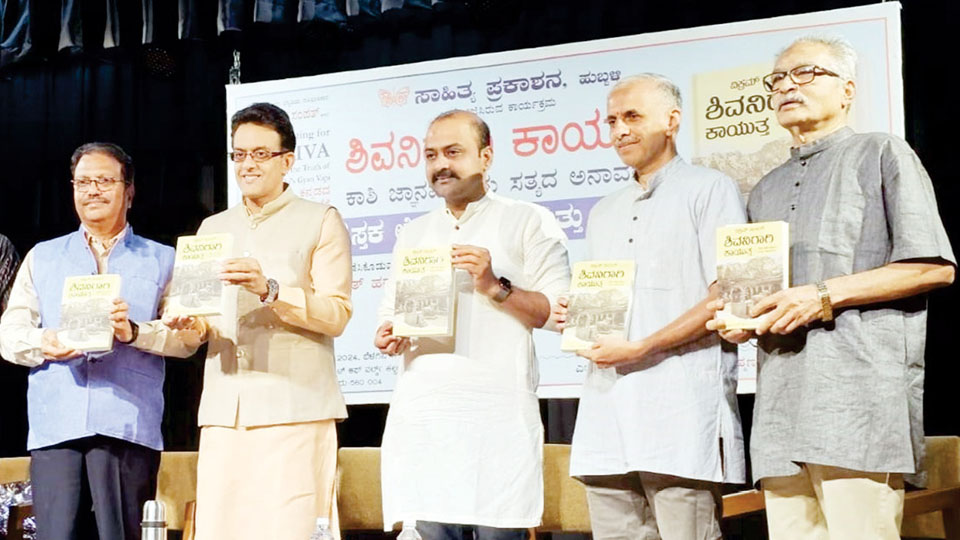
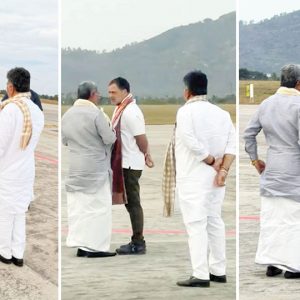

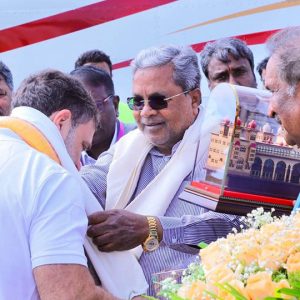
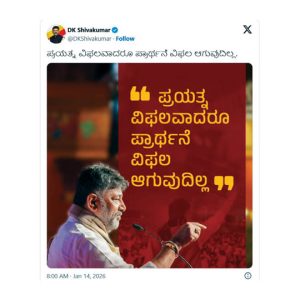
Recent Comments